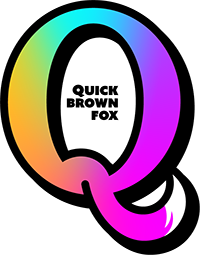The world is now connected digitally, with many using their devices to talk to others, learn new information, and buy products. This relentless use gives rise to digital burnout or digital fatigue.
This state of mental and physical exhaustion stems from prolonged screen interaction. Twilio’s 2022 State of Customer Engagement report mentioned that around 47% of millennials and 42% of Gen Z experienced digital fatigue last month.
Engaging with these demographics becomes challenging as they may be less receptive to your digital content due to burnout.
In this landscape, you can achieve meaningful customer engagement through out-of-home (OOH) advertising. But first, you should learn what digital fatigue is and how to counter it.
What is Digital Fatigue?
Digital fatigue is the state of mental and physical exhaustion resulting from lengthy and intensive use of digital devices. The common symptoms can range from eye strain and headaches to irritability and insomnia.

Several factors can contribute to the burnout, including:
- Excessive screen time – Too much time using laptops, mobile phones, and tablets.
- Information overload – Being online means consuming an overwhelming amount of content.
- Constant multitasking – Since many jobs moved to either a work-from-home or hybrid setup, many tasks may demand attention, forcing you to juggle them all.
- Lack of breaks – Scrolling through apps doesn’t indicate when to stop or step away.
- Blue light exposure – The fake light screens can disrupt your sleep cycle.
For businesses in the digital age, these factors can hinder consumer receptivity to marketing messages. The decrease in interest means less engagement and potentially diminishes the impact of campaigns.
Moreover, fatigue may erode trust. Customers wanting to reduce the mental strain may be more discerning about the brands they engage with, presenting a challenge in building loyalty.
How OOH Advertising Can Help with Digital Fatigue
OOH media acts as a palette cleanser to the demands of the digital world. It encompasses a spectrum of non-digital advertising mediums, such as billboards, transit ads, and posters.
In the Philippines, OOH advertising trends are seeing an upward trajectory, as experts forecast industry spending to reach around US $34.6 million by 2027.
Here’s how OOH can help with digital fatigue:
- Provide a break from digital media
OOH advertising offers a welcome respite from the clutter and noise of online content. The physicality of these ads provides a unique and unintrusive way for brands to capture attention.
One OOH advertising example is Netflix. Despite being a streaming platform, it offered a way for viewers to become interested in its adaptation of Trese by showcasing a vandalized billboard. Its unorthodox design stirred fan interest, generating praise and anticipation for future campaigns.
- Stimulate the senses and emotions
Brands can use OOH to evoke emotions and create interactivity, making their messages more impactful. By engaging multiple senses, they can create even more memorable experiences and leave a lasting impression.
Nestle PH embraced KitKat’s slogan “Have a break, have a KitKat” by installing benches resembling the famous wafer chocolate bars in areas such as Alabang Town Center and Ayala Triangle Gardens.
The campaign successfully generated buzz and sold 72.9 million KitKats in the first year.
- Build trust and credibility
OOH advertising can be a trustworthy alternative for consumers skeptical of digital ads due to privacy, fraud, or misinformation concerns. The tangibility of the ads can alleviate apprehensions and build a more authentic connection because audiences know how much it takes to put them up.
Creating OOH ads means that your company needs to be more careful in researching and presenting information. After all, you can quickly change online details, but correcting billboards would cost significantly more.
- Reinforce brand identity and message
Consistency is crucial in brand communication. OOH media reinforces brands’ identity and message by providing a cohesive visual presence across different touchpoints and contexts.
This reinforcement enhances brand recall and fosters a sense of familiarity. One example is Bounty Fresh’s use of their mascot, Chicky. You can see the white chicken as an inflatable attachment accompanying their ads, and it just recently debuted in BGC’s new 3D billboard.
Combat Digital Fatigue with OOH Advertising Campaigns: 5 Tips

If you’re considering using OOH advertising in your next campaign, below are some tips to keep in mind:
- Understand your audience
Knowing your audience means understanding their pain points. Use humor, empathy, or inspiring messages to connect with your customers experiencing stress or boredom. Aligning your campaign with your audience’s emotional state can help create a more meaningful connection.
- Use clear and concise copy
Communication in OOH campaigns should be straightforward and easily digestible. Avoid jargon, acronyms, or complex language that might confuse or alienate your audience. Crafting clear and concise copy ensures that customers immediately understand your value proposition.
- Incorporate elements of surprise, emotion, or interactivity
Make your campaign memorable by infusing surprise, emotion, or interactivity elements. Explore dynamic or interactive displays, augmented reality, or gamification to create immersive experiences.
Such engagement not only captures attention but also encourages sharing, amplifying the reach of your campaign. One notable immersive ad is Nissan Philippines’ use of BGC’s 3D billboard to advertise their Kicks ePower vehicle.
- Leverage data and technology
Optimize your OOH campaign performance by leveraging data and technology. Utilize geolocation, weather, or traffic data to deliver relevant and timely messages.
You can also incorporate QR codes, NFC tags, or social media hashtags to track campaign reach, engagement, and conversions. The information you gather can be helpful when planning future ads.
- Integrate your OOH campaign with other media channels
Create a seamless and consistent customer journey by integrating your OOH ads to drive traffic to your website, app, or social media platforms. This synergy amplifies the impact of your campaign, ensuring that offline exposure complements and reinforces your digital initiatives.
Break Through the Digital Haze
Combating digital fatigue requires you to think out of the box. OOH media provides audiences with a break from the barrage of online content, prompting businesses to look for other ways to create impactful experiences.
For comprehensive OOH solutions tailored to your brand, consider partnering with QBF. We offer various strategies for OOH and mobile advertising that intercept—not interrupt—your customers.
Contact us today to get started on your next OOH advertising project!

